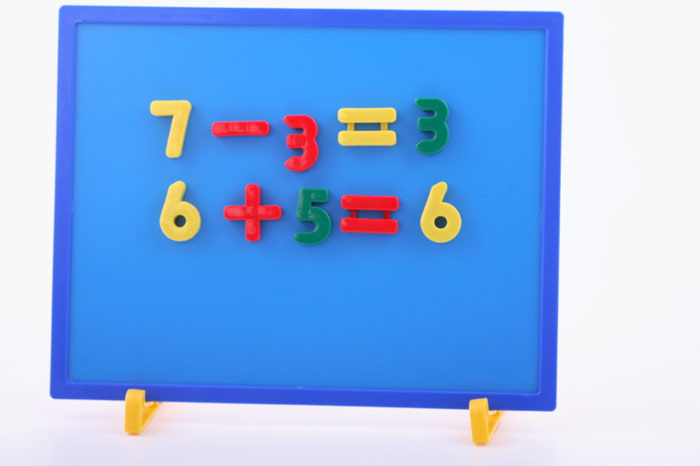We all probably remember playing bingo at some point in our childhood. The game has been around for nearly a century in the US. Every major department store will have some form of it in the game section. What makes it so popular?

First, it’s an easy way to teach children how to identify two-digit numbers. Many other board games only require children to be able to count to 12, the sum of two dice. Bingo teaches all the numbers from 1-75. Bingo is also very good for teaching children good behavior when they win or lose because it is so unpredictable.
Can bingo be used for more than just number recognition? You bet. There are several bingo games online that teach basic math skills using a bingo card grid. Instead of a number pulled from a set, the players are presented a math puzzle to solve instead. The players have to solve it and then mark the right spot. Often the same number will be on different spot on the card. This adds an element of strategy that’s missing in normal bingo games.
There are forms of math bingo for addition, multiplication, subtraction, and division at all different levels. You could even extend it to higher forms of math, so long as the problem reduces back to a positive integer.
Want to give it a shot? You can play on the web or you can download an app for your phone or just click here. Math BINGO by ABCya is a very inexpensive math bingo app you can try out. Or you can google “math bingo” to find sites that have online play.
You could even make your own math bingo set at home if you have some card stock, a marker, and some time. Make a set of 5×5 bingo cards and put a star in the center to mark the free space. If you’re playing with young children, make up 10 math problems so that each has a unique answer from 1 to 10. Mark these with the letter B, then repeat for the other four columns to mark them with the right letter. The players will put down random numbers from 1-10 into each column on their cards. Each column must not repeat a number. When you pull the slip out, call out the letter and then the math problem. Players then mark it down if they have it!
If your kids are older, you can make 75 math problems with answers that match all 75 numbers of a standard bingo card. You can then use normal bingo cards, or mark the first column with numbers 1-15, the second 16-30, and so on. As your kids get older you can add more difficult problems as long as the answers still fit.
If your children are getting bored with basic bingo, try switching to math bingo. You’ll give them a head start on math skills and have fun with them at the same time. There’s a bit more to set up but the results are worth it.
Article provided by Bingomania.com










